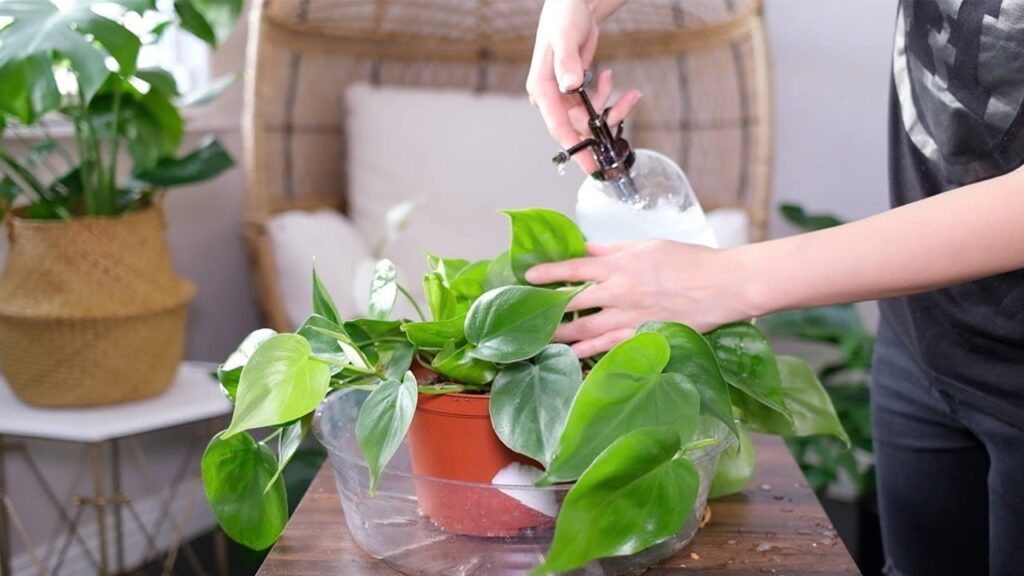Introduction
The Heartleaf Philodendron, scientifically known as Philodendron hederaceum, is a popular houseplant cherished for its lush, heart-shaped leaves and easygoing nature. This resilient plant can thrive in various indoor conditions, making it an excellent choice for both novice and seasoned plant enthusiasts. In this guide, we’ll explore essential tips for keeping your Heartleaf Philodendron healthy and vibrant.
Light Requirements
Heartleaf Philodendrons prefer bright, indirect light but are quite adaptable. They can tolerate low light conditions, though their growth may slow down. Avoid direct sunlight, which can scorch the leaves. If your home lacks sufficient natural light, consider using a grow light to ensure your plant receives adequate illumination.
Watering
Proper watering is crucial for the health of your Heartleaf Philodendron. Water the plant thoroughly when the top inch of the soil feels dry to the touch. Be mindful not to overwater, as this can lead to root rot. Ensure the pot has drainage holes to allow excess water to escape, and use well-draining soil to prevent waterlogging.
Humidity and Temperature
Heartleaf Philodendrons thrive in moderate to high humidity levels. If your home has dry air, especially in winter, increase humidity by misting the leaves regularly or placing a humidifier nearby. These plants prefer temperatures between 65-80°F (18-27°C) and should be kept away from cold drafts or sudden temperature changes.
Fertilization
Feed your Heartleaf Philodendron with a balanced, water-soluble fertilizer every 4-6 weeks during the growing season (spring and summer). Reduce feeding during the fall and winter months when the plant’s growth naturally slows down. Over-fertilizing can cause leaf burn, so always follow the recommended dosage on the fertilizer packaging.
Pruning and Maintenance
Regular pruning helps maintain the shape and size of your Heartleaf Philodendron. Trim back leggy or overgrown stems to encourage bushier growth. Remove any yellowing or damaged leaves to keep the plant looking its best. You can also propagate cuttings in water or soil to create new plants.
Pests and Problems
Heartleaf Philodendrons are relatively resistant to pests, but they can occasionally attract aphids, spider mites, or mealybugs. Inspect your plant regularly and treat any infestations promptly with insecticidal soap or neem oil. Keep an eye out for signs of overwatering, such as yellowing leaves or a mushy stem, and adjust your watering routine accordingly.
Conclusion
Caring for a Heartleaf Philodendron is straightforward, making it a perfect addition to any indoor garden. By providing the right light, water, humidity, and occasional pruning, you can enjoy a thriving, green plant that adds a touch of nature to your home. Whether you’re a beginner or an experienced plant lover, the Heartleaf Philodendron is sure to bring joy and greenery to your living space.


